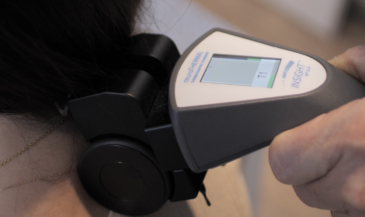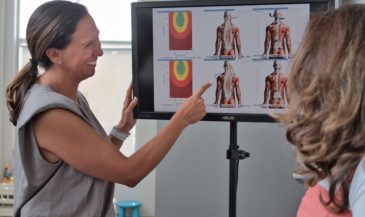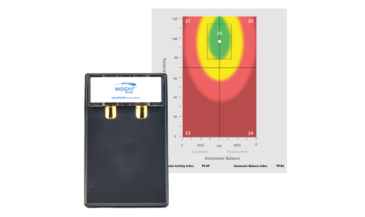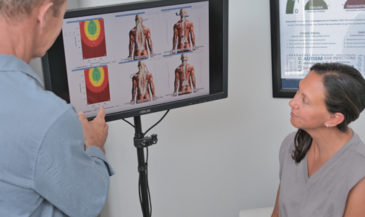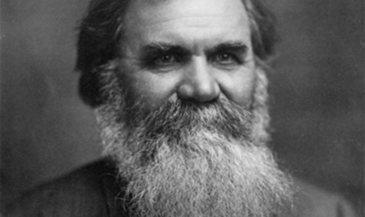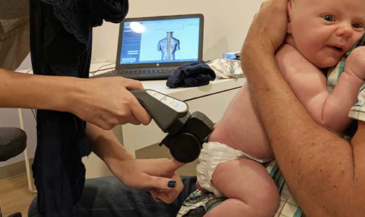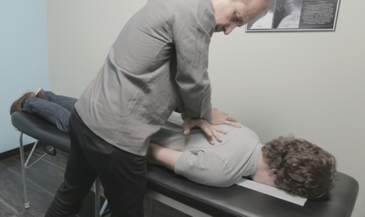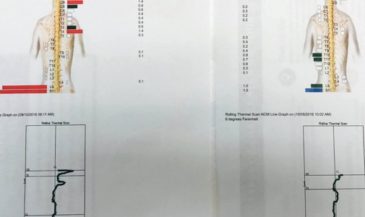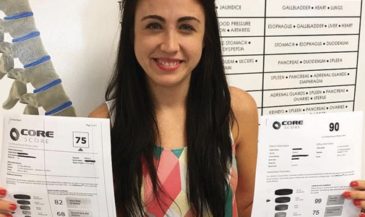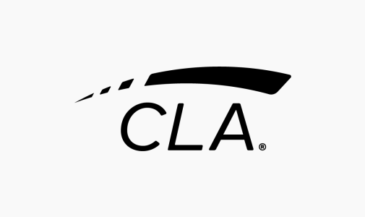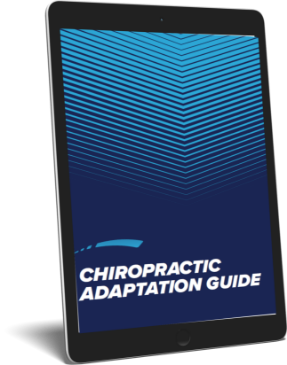By Dr. Christopher Kent
Many doctors of chiropractic have encountered instances where the vision of a patient improved following chiropractic care. In the last few years, the peer reviewed literature has been filled with case reports and other articles addressing this phenomenon. Of particular interest is the physiologic rationale that has been proposed to explain the clinical results.
A comprehensive review, including 71 references, was published by Terrett and Gorman in 1995. Terrett is a chiropractor, Gorman a medical ophthalmologist. Various ocular changes associated with manipulation or adjustment are described. Included are changes in visual acuity, oculomotor function, intraocular pressure, and pupillary size. [1]
Other papers by Gorman include an interesting series of case studies of patients with improved visual fields following “manipulation” of the cervical spine. They cover a broad age group. In one case, a nine-year-old female presented with bilateral concentric narrowing of the visual fields, which returned to normal after one “spinal treatment.” One year later, she returned with monocular vision loss after being struck in the head by a ball, which was resolved after one “manipulation.” [2]
Gorman described the case of a 62-year-old male with a one- week history of a monocular vision defect with headaches and neck strain. Funduscopic examination failed to reveal any abnormality of the optic nerve head or retina. After a week of “spinal manipulative therapy” vision improved dramatically as demonstrated by computerized static perimetry. [3]
Another case involved a 44-year-old housewife. Although the techniques employed by Gorman were often non-specific, and sometimes performed with anesthesia, the results reported are dramatic, and demonstrate how even non-specific interventions can yield favorable results. [4]
Gilman and Bergstrand published a case report involving an elderly male with traumatic vision loss. Optometric and ophthalmologic examination revealed that no conventional treatment was appropriate. The lost vision returned following chiropractic care. The authors stated, “Behavioral optometrists have often been interested in the work of chiropractors and the resulting vision changes.” [5]
Schutte, Tesse and Jamison did a retrospective review of 12 children with esophoria, and concluded that such patients may respond to cervical spine adjustments. [6]
Changjiang et al reported on 114 cases of patients with cervical spondylosis who had associated visual disorders. Visual improvement was noted following “manipulative treatment” in 83% of these cases. Furthermore, of the 54 cases followed up for a minimum of six months, 91% showed a stable therapeutic effect. Cases of blind eyes regaining vision were included in the report. [7]
Is there a physiological rationale for these changes?
Terrett has proposed a model where brain and retinal cells are thought to “hibernate” when in a state of relative ischemia. Such an ischemic state does not kill the cells, but renders them incapable of normal function. Upon restoration of normal blood supply, the improved oxygenation of the involved cells may restore normal function. [8]
Gorman has applied this concept to explain his clinical results: “The connection between the spine and the circulation of the optic nerve is explained by the vertebral artery’s proximity to a cervical spine derangement that activates the nervous system of the blood vessel.” [9]
It is strange that most of these reports have originated outside the chiropractic profession. It is ironic that members of the medical, optometric, and acupuncture community seem open to exploring the relationship between the spine and vision, at a time when many chiropractors seem willing to limit their practices to the symptomatic treatment of mechanical back pain.
Dr. Gorman has a broader vision (pun intended). He has published a book entitled, “Chiropractic Medicine for Rejuvenation of the Mind.” [10]
He has stated that visual field evaluation is an outcome assessment for improved cerebral and retinal blood flow. While we may quarrel about his terminology, (such as “chiropractic medicine”) his message is clear and deserves our attention: “Does the presumptive spine-induced, cerebral microvascular spastic process, as intimated by this case history, affect other parts of the brain and brain stem? If so, what illnesses might it cause?” [9]
Chiropractic is not a treatment for blindness, scotoma, or esophoria. However, by correcting vertebral subluxations, patients benefit on many levels which often have little to do with their musculoskeletal complaints. An awareness of the devastating consequences subluxation may have on the body as a whole is the first step in developing a subluxation-based practice.
A quote from B.J. Palmer comes to mind: “Many have the eyesight of a hawk, but the vision of a clam.” Is your vision broad enough to realize that the scope of chiropractic is as pervasive as the scope of influence of the nervous system?
References
1. Terrett AGJ, Gorman RF: “The eye, the cervical spine, and spinal manipulative therapy: a review of the literature.” Chiropractic Technique (1995) 7(2):43.
2. Gorman RF: “Monocular vision loss after closed head trauma: immediate resolution associated with spinal manipulation.” JMPT (1995) 18(5):308.
3. Gorman RF: “The treatment of presumptive optic nerve ischemia by spinal manipulation.” JMPT (1995) 18(3):172.
4. Gorman RF: “Automated static perimetry in chiropractic.” JMPT (1993) 16(7):482.
5. Gilman G, Bergstrand J: “Visual recovery following chiropractic intervention.” Journal of Behavioral Optometry 1990 1(3):3.
6. Schutte B, Teese H, Jamison J: “Chiropractic adjustments and esophoria: a retrospective study and theoretical discussion.” J Aust Chiro Assoc Dec 1989 19(4):126.
7. Changjiang I, Yici W, Wenquin L, et al: “Study on cervical visual disturbance and its manipulative treatment.” Journal of Traditional Chinese Medicine 1984 4:205.
8. Terrett AGJ: “Cerebral dysfunction: a theory to explain some of the effects of chiropractic spinal manipulation.” Chiropractic Technique (1993) 5(4):168.
9. Gorman RF: “Monocular scotoma and spinal manipulation: the step phenomenon.” JMPT (1996) 19(5):344.
10. Gorman RF: “Chiropractic Medicine For Rejuvenation of the Mind.” Academy of Chiropractic Medicine, 1983. Privately published by R.F. Gorman, Marrickville, Australia.







